Tips for a Europe backpacking trip

Backpacking in Europe can be a wonderful adventure. You will gain lifelong memories, and good preparation will help make these memories great ones.
Here are some tips for a trip to Europe without spending a King’s ransom.
Backpack
As you have decided on a backpacking trip (if you are reading this then you probably have), you will first need to get the actual backpack. It is an important choice. The wrong one can cause misery and back ache. Ease of packing is also a consideration.
Have a look at a 70-liter size pack. You probably do not want a bag that is too big, as this will only encourage you to pack too much. You know how nature abhors a vacuum! So, a 70-liter bag will more than likely be plenty big enough.

However, shop around in local stores and online, read reviews by seasoned travelers. Their opinions tend to be more reliable than the advertising copy! If you have friends with packs, ask to borrow them, get them loaded up and walk around with them on, that will give you a much better feel for what works for you personally.
Packing
Packing

Okay, so you have your bag, now you need to fill it. At all times, remember that most things can be bought at stores in the places you plan to visit. So do not panic. Just be sure you have your passport and a bank card safe.
Whatever you put in your bag needs to have in important use, preferably more than one use. If you can possibly do without something then put it aside, your goal is to take the minimum you can, so that you have as light and small a pack as possible to carry around.
Costs

Traveling in Europe can be expensive. The countries to the West of Europe tend to be a bit more expensive than those to the East. Your budget will be the decider on where you need to be looking for accommodation.
If your plan is to stay in hostels and eat street food you could get away with about $50 per day in the West of Europe and about $20 in the East. This is a minimum, if you want more you’re going to have to pay more. That’s not to say that the low cost options aren’t adequate and clean, they’re just not very plush.
Accommodation
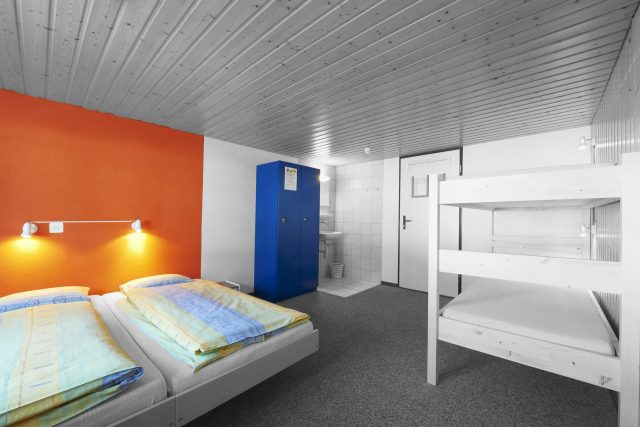
If you can spring for a bit more, you may opt for private rooms which will set you back about $80 per day in the West and about $40 in the East. As a couple, you could look at budget hotels or Airbnb accommodation. A slightly more flash holiday could be had for $100 in the Western half of Europe and about $50 in the East.
These are just ballpark figures, and the things you will be doing will depend largely on your budget. Some European countries are just more expensive than others, for example, a day on a Greek island will cost a whole lot less than a day in Norway.
Places to visit
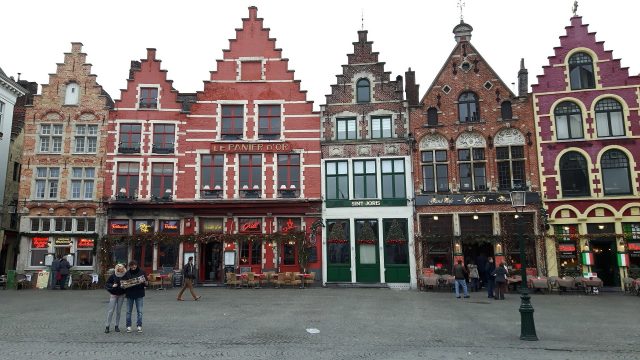
Do not just pass up Eastern Europe in favor of the more traditional destinations. Prague, Budapest, Belgrade and other Eastern Europe Capitals have plenty to see and do, they’re full of history and amazing architecture. It would be a good idea to include these along with traditional places like Paris and Amsterdam.
If you’re a student, it’s worth checking a student airfare finder, and student travel agencies are a great help. Eurorail passes and cheap European airlines have some very affordable deals. Local subways and buses are usually cheap and efficient. Then there is always Uber.
Traveling around Europe is a bit like interstate flying, it’s usually cheap or at least affordable and it doesn’t take too long to get from country to country.
Communication
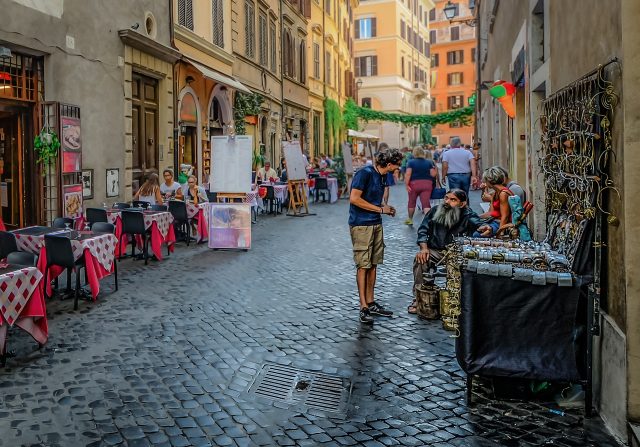
If you can say a few words in the language of the country where you are staying, you are likely to get more help and feel like it’s a more fulfilling adventure. People are, however, generally helpful and welcoming no matter where you travel to.
Google Translate can help you if you get stuck, try not to rely on it for all communication though. You can download the translate app which also works offline. When you get to a country, pick up a local SIM card with a prepay option. It’s also possible to get a SIM that can be used in multiple countries, so you only need to buy it once.
Documents
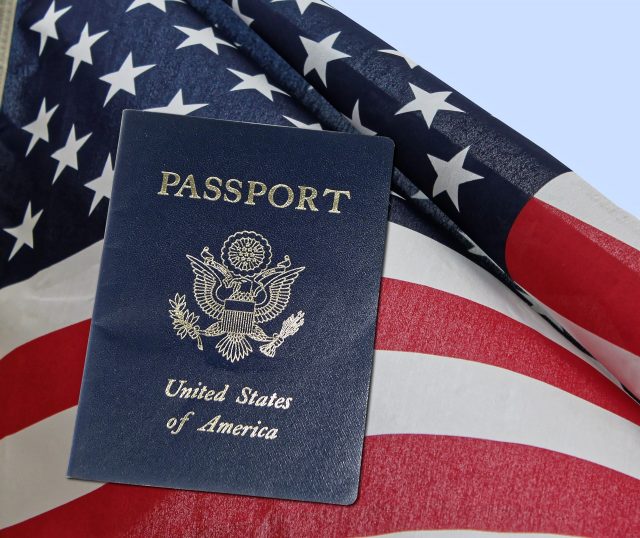
yellow fever card may be required in some of the places you are visiting. This shows you have been vaccinated against certain diseases. If you expect to be visiting the Schengen zone, as a United States Citizen, you will not need a visa in advance. You get 90 days in the European Union.
Eastern Europe and Scandinavian rules are slightly different, where you will need to get a visa on arrival. This is not a problem, the only exceptions being Russia and Belarus. An ISIC card will entitle you to a bunch of student discounts as you travel around Europe, from meals to transport and activities.
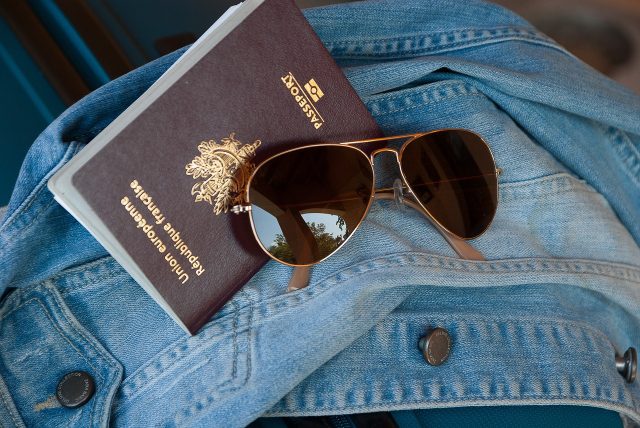
It’s safe
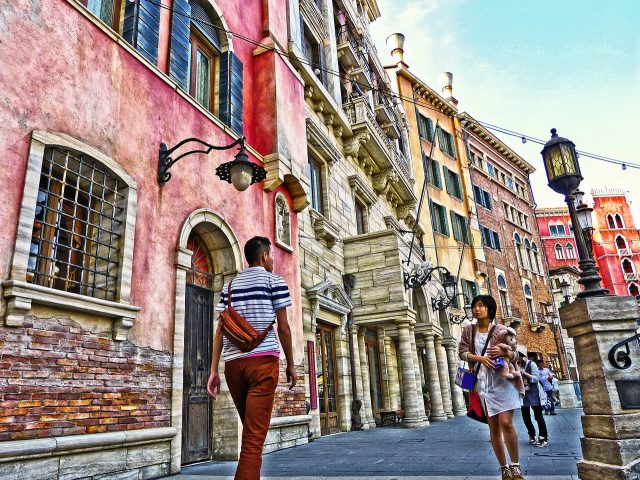
If you have never left your hometown, don’t panic: travel in Europe is safe. However, you do need to be aware of the same things you watch out for at home. Most horror stories you hear are just that – stories. Hostels are actually very safe. Backpackers are also a community and stick together and help each other out.
Many countries in Europe have a high number of English speakers, so there’s usually someone about that can help you if you get stuck.

Beware of scams, the same as you would be at home, tourists are often a soft target. Try to look like a local and not to appear lost. Avoid over friendly people who may be wanting something. For the most part travel in Europe is safe and a wonderful place for fun and culture.
If you have any comments then please drop us a message on our Outdoor Revival Facebook page
If you have a good story to tell or blog let us know about it on our FB page, we’re also happy for article or review submissions, we’d love to hear from you.
We live in a beautiful world, get out there and enjoy it.
Outdoor Revival – Reconnecting us all with the Outdoors.
